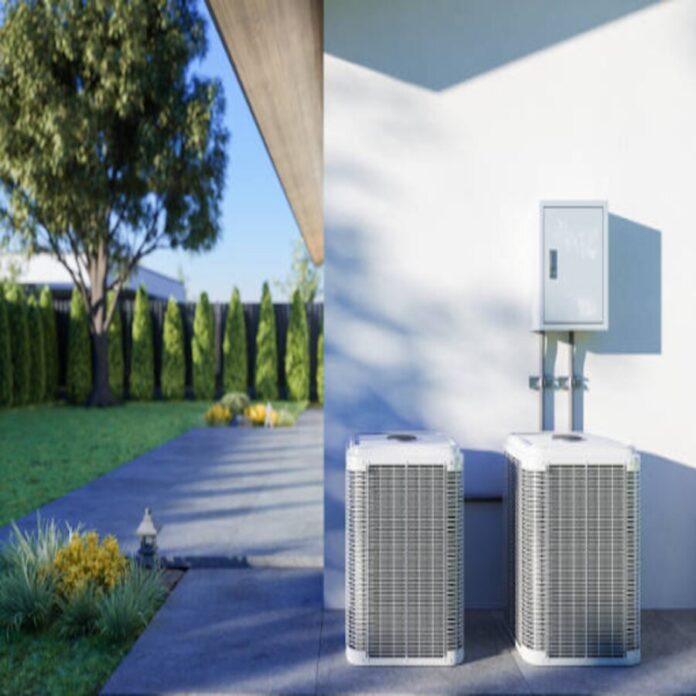In the scorching heat of summer, having a well-functioning air conditioner is a blessing. However, to ensure that your AC unit continues to cool your space efficiently, regular maintenance is essential. While hiring a professional HVAC technician is always an option, there are several tasks you can tackle yourself to keep your AC running smoothly. In this article, we’ll guide you through the steps of a DIY AC tune-up, helping you save money and maintain a comfortable indoor environment.
I. Understanding the Basics
Before we dive into the nitty-gritty of AC maintenance, let’s start with the basics. Understanding how your air conditioning system works is crucial before attempting any DIY tasks. This section will provide you with an overview of the key components and functions of an AC unit.
Components of an AC System
- Condenser Unit: The outdoor unit that releases heat from the refrigerant.
- Evaporator Coil: Located indoors, it cools the air and removes humidity.
- Refrigerant Lines: Connect the indoor and outdoor units, carrying refrigerant.
- Air Filter: Filters dust and debris from the air.
- Thermostat: Controls the temperature and settings of your AC.
II. Safety First
Safety should be your top priority when working on your AC system. In this section, we’ll discuss safety measures and precautions to ensure your well-being throughout the maintenance process.
Safety Precautions
- Power Off: Always turn off the power supply to your AC unit before starting any maintenance work.
- Protective Gear: Wear safety goggles, gloves, and a dust mask to shield yourself from potential hazards.
- Clean Work Area: Keep the area around your AC unit clean and clutter-free to avoid accidents.
- Tools and Equipment: Ensure you have the necessary tools and equipment for the job.
III. Cleaning and Maintenance
Now that you’re equipped with the necessary knowledge and safety precautions, it’s time to roll up your sleeves and get to work. This section will guide you through the steps to clean and maintain your AC unit effectively.
1. Cleaning the Air Filter
A clogged air filter can reduce your AC’s efficiency. Remove and clean the filter or replace it if necessary. This simple task can improve airflow and indoor air quality.
2. Cleaning the Condenser Unit
The outdoor unit can accumulate dirt and debris, hindering its performance. Gently clean the condenser coils and the surrounding area to ensure proper heat dissipation.
3. Checking Refrigerant Levels
Inspect the refrigerant lines for leaks and ensure that the refrigerant level is within the recommended range. Low refrigerant levels can lead to poor cooling.
4. Inspecting and Cleaning Evaporator Coil
Check the indoor evaporator coil for dirt and mold. Clean it if needed to maintain efficient cooling.
IV. Troubleshooting and Common Issues
Even with regular maintenance, AC problems can arise. This section will help you identify common issues and provide solutions to resolve them.
1. AC Not Cooling Properly
If your AC is not cooling effectively, check the air filter, refrigerant levels, and condenser unit for issues. Cleaning or addressing any leaks can often solve this problem.
2. Strange Noises or Odors
Unusual sounds or smells from your AC can indicate problems with the fan, motor, or mold growth. Address these issues promptly to prevent further damage.
V. Conclusion and Final Thoughts
In conclusion, DIY AC maintenance can prolong the life of your air conditioner and keep your home comfortable during hot summer days. By following the steps outlined in this article, you can save money on professional services and ensure your AC operates at its best. Remember that safety should always come first, and if you’re unsure about any aspect of the maintenance process, consult a qualified technician. With regular care, your AC will continue to provide efficient cooling for years to come.
Don’t let the heat get the best of you—take control of your AC’s maintenance and enjoy a cool and comfortable living space throughout the summer!

















